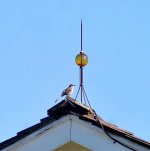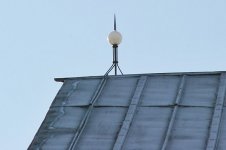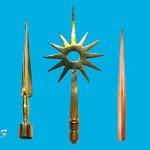Iron Buzz
Bronze Member
- Oct 12, 2016
- 1,749
- 2,380
- 🏆 Honorable Mentions:
- 1
- Detector(s) used
- XP Deus, Minelab Equinox 800
- Primary Interest:
- Metal Detecting
I've found a few of these over the years at old homesites but only recently began to wonder what they were used for. Any idea? Rolled (but not soldered) copper tube, comes to a sharp point, and always has that 90 degree bend. Not sure, but that may not be dirt inside the tube. Feels more like it may be some sort of fiber when I try to scrape it out with a toothpick.

[Added these additional photos on April 8]
(The longest portion is 2 1/2" long, the bent point is 1" long)




[Added these additional photos on April 8]
(The longest portion is 2 1/2" long, the bent point is 1" long)



Last edited:








